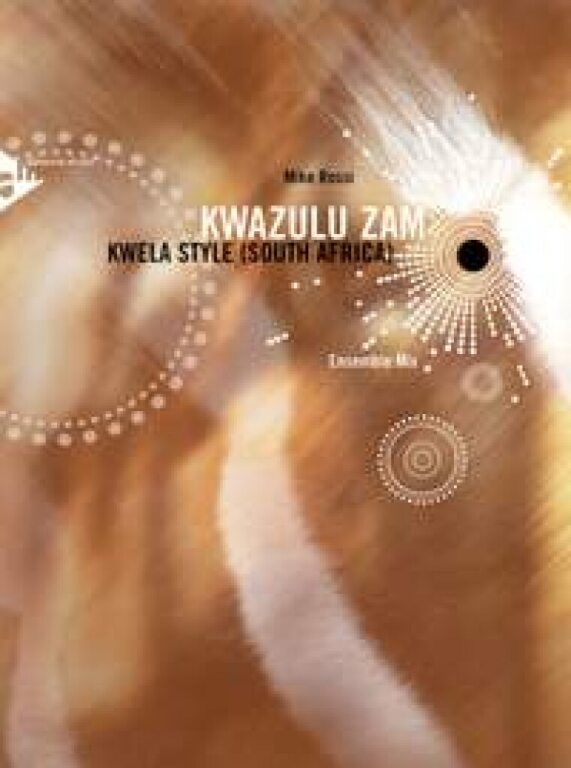THE MUSIC SHOP of Editio Musica Budapest Zeneműkiadó
Not available
Zasedba: Jazz ensemble
Zasedba: 3 Melody Instruments, Piano, Guitar, Double Bass, Percussion
Zvrst: Jazz, blues, latin
Število strani: 20 strani
Format: 23,1 x 30,3 cm
Weight: 0.19 kg
Leto izdaje: 01. januar 2008
Založba: Advance Music
Številka artikla: ADV17050
ISMN: 9790206304927
As an American jazz artist and educator based in South Africa since 1999, this is one in a set of pieces that reflect my musical and other experiences in this fascinating country. Kwazulu Zam was composed using a traditional South African song form called mbaquanga. Mbaquanga is a characteristic South African musical form that utilises a repeated (cyclical) 2 or 4-measure harmonic structure based on I - IV - V - I and I - IV - 1 6/4 - V - I. These progressions are the backbone of South African jazz much like the blues and its variants is to American jazz. The piece is performed in the kwela style which is based on a strong swing feel. The original meaning for kwela during less fortunate times was 'kwela-kwela, hurry, hurry, the police are on the way.' Much like early jazz and throughout the swing period, the use of riff based playing and soloing was common. Bennie Moten's and Count Basie's early bands come to mind, and are just two examples of great riff based ensembles with exciting r iff based soloing. Performance Tips The melodies or riffs in Kwazulu Zam must swing. Play them with a loose, relaxed feel. Really dip or slide into the notes that are marked. Intervals of a fifth or larger marked with slides should really be scooped and vocal in nature. Please note that African music and particularly South African jazz, is vocal and organic in nature. This tune is written in the Kwela/Swing style. It can also be played on a more traditional Mbaqango style. To get to know Kwela you can listen to recordings by Hugh Masekela, Darius Brubeck and Afro Cool Concept, also Paul Simon's 'Graceland,' for a better understanding of Mbaqango. Notes on Soloing Pay attention to the rhythm of the themes, play off rhythms found in the piece as well as playing rhythmically. The solo improvisation section at letter C should pay particular attention to the use of, and drawing from the three themes of the piece. Backgrounds and interludes can be very flexible.
 Deutsch
Deutsch English
English Español
Español Français
Français Magyar
Magyar Polski
Polski Română
Română Slovenský
Slovenský 中文
中文
